First Stop Malaga
Málaga
We had the first truly rainy day in port since the start of our trip in January, but that did not make Málaga any less special.
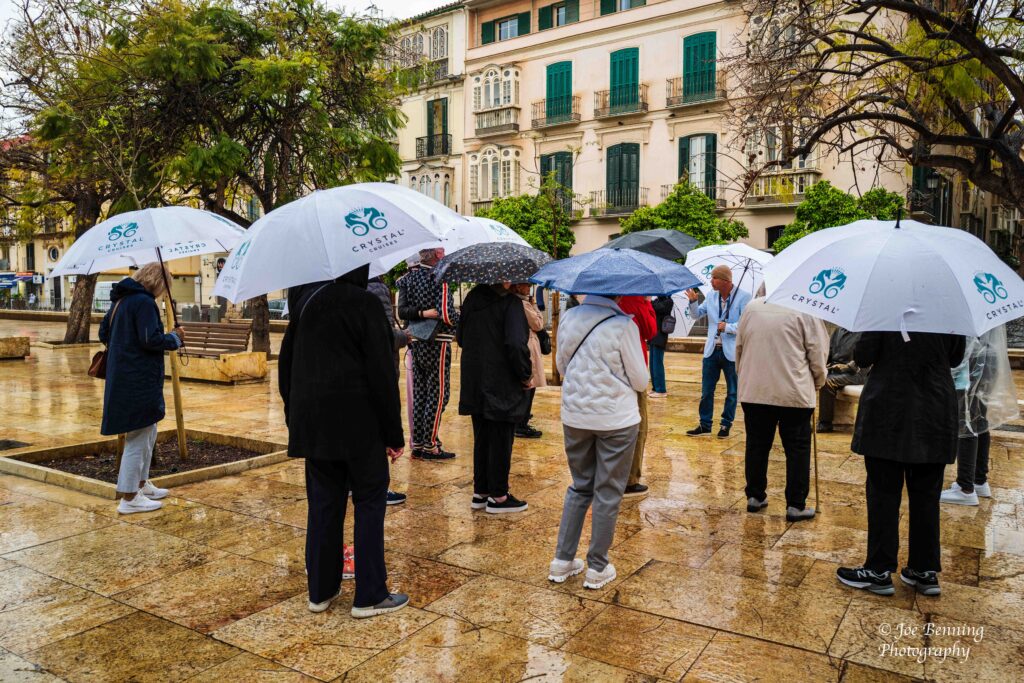
We walked through the town for hours, enjoying a guide’s explanation of its history.
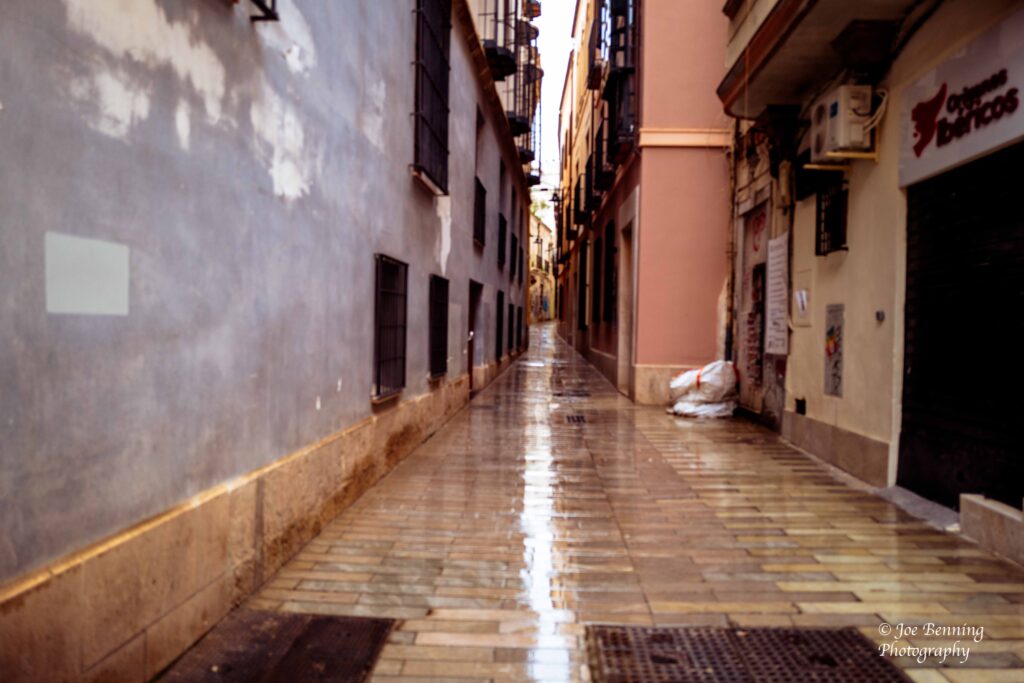
Then we stopped at a local tapas bar for some traditional tapas, and 3 guitarists serenaded our group with beautiful songs. This form of entertainment is a centuries-old tradition in southern Spain, where college students perform to earn money. However, some of these college students were well into their 50s, so the tradition was stretched a bit.

Cartagena
After Málaga we headed to Cartagena, where we took another walking tour, this time in sunny, breezy weather. We saw ancient ruins, both at ground level and from the vantage point of a hilltop fortress. These ruins are from the first century AD, including a Roman theater in remarkable condition. The ruins had been covered over as the city developed, and were only found in 1951.
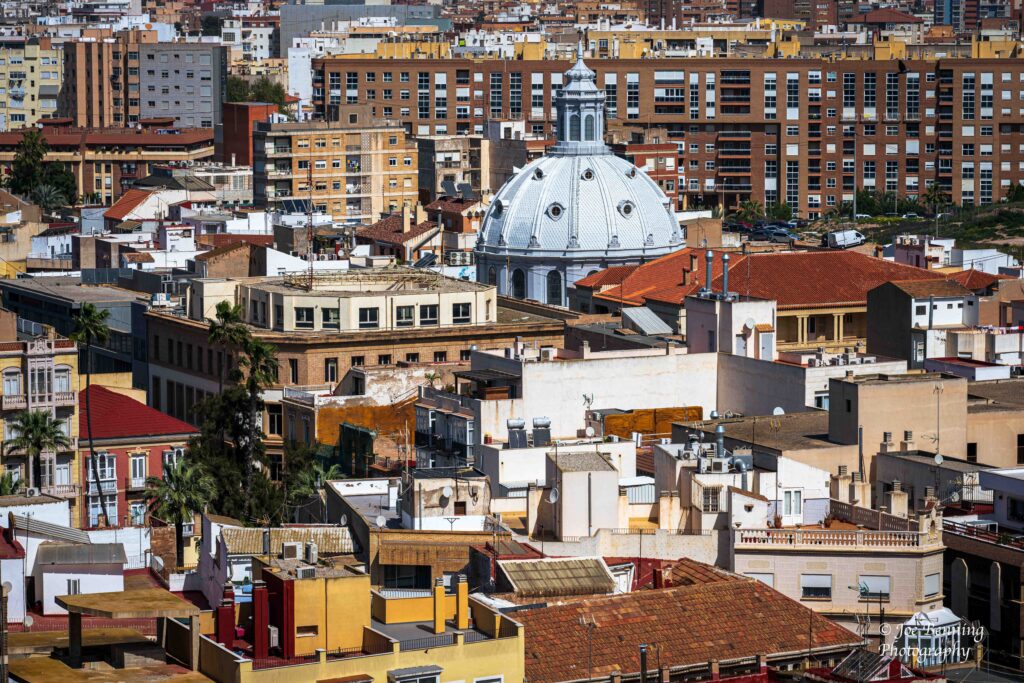
Now you can walk along a street with homes and shops, and before you know it you are walking down the steps of a theater shaped like an arena, built during the reign of Caesar Augustus.

We also took a short drive to the coast, visiting a pretty beach town(La Manga) that happens to be home to Club Principe Felipe, rated as one of Europe’s best golf courses.

Valencia
Our last stop in southern Spain was Valencia, where we focused on the City of Arts and Sciences, a modern complex designed by Santiago Calatrava (the architect of the “Oculus” at the World Trade Center Transportation Hub, and buildings and bridges in many cities). The complex houses a Museum of Science, an Opera House, a Planetarium, an Aquarium and an event space.
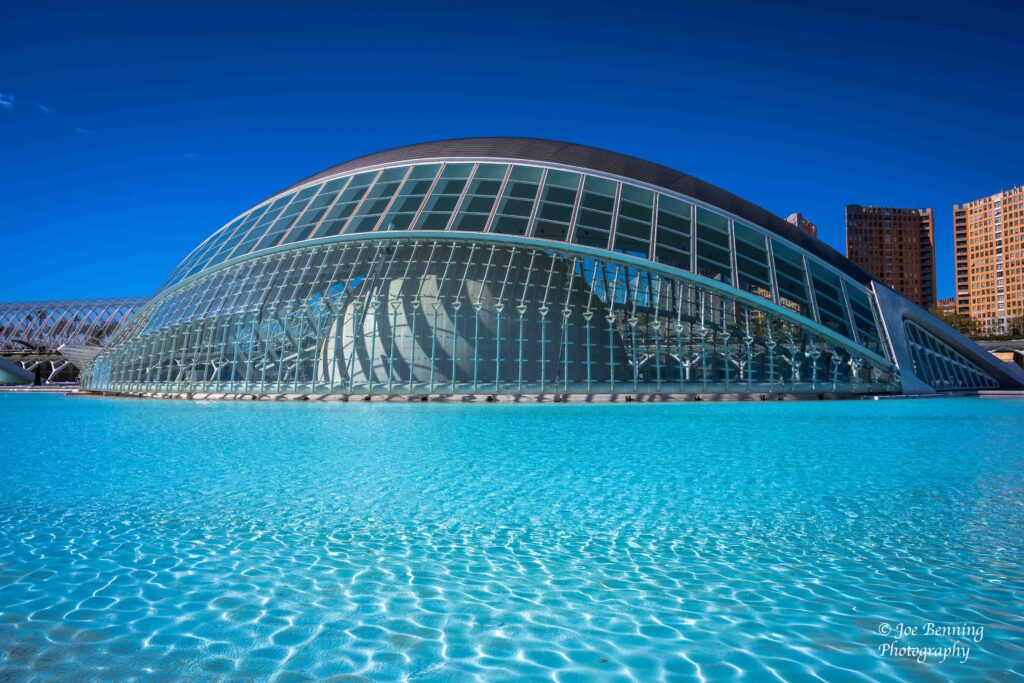
The buildings at the City of Arts and Sciences are unusual, and their architecture is intended to reflect the city’s history. Our tour was led by an architect, so we received a detailed explanation of the design, symbolism, construction and controversy associated with the complex.
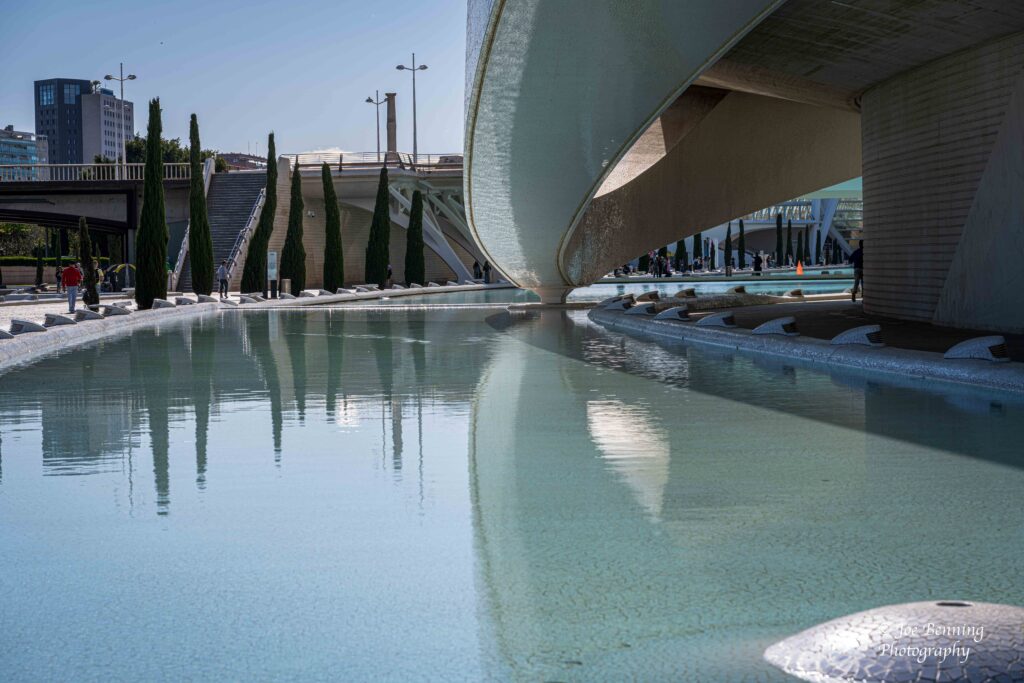
At the time it was conceived as a public project the citizens of Valencia did not see the need for it. The project ran wildly beyond its timeframe for completion, its scope and its budget. The various buildings continue to need regular, costly repairs and maintenance today, more than 20 years after construction was completed.
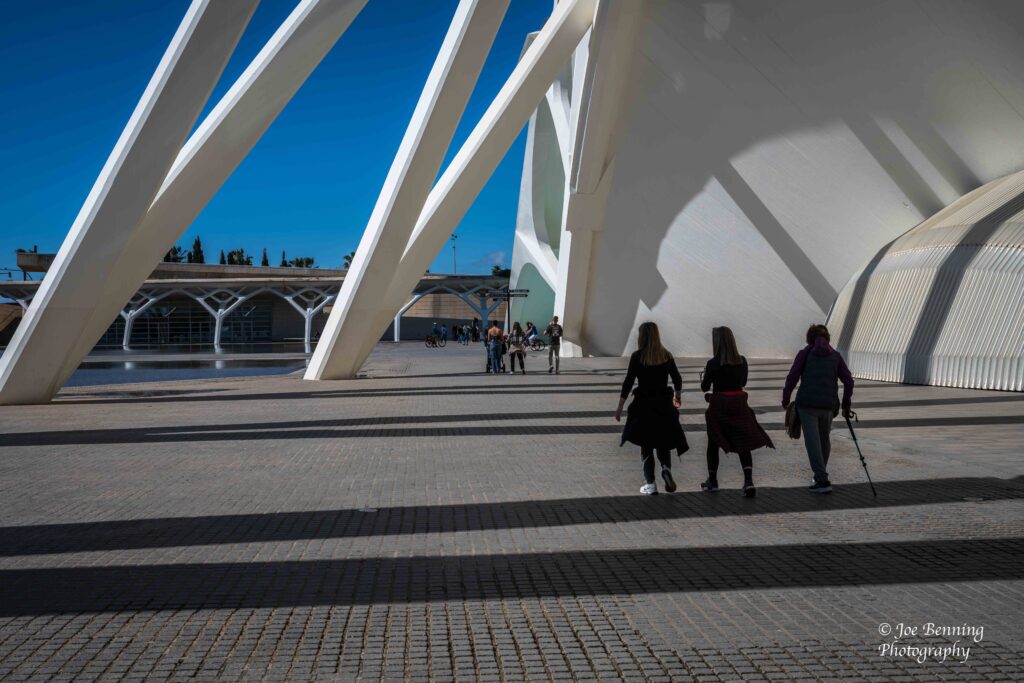
There have been many investigations relating to waste, mismanagement and corruption associated with the City of Arts and Sciences project. You can understand why with just one look at the unusual external staircase at the Museum of Science – as the building was not constructed in compliance with the fire and safety code of Valencia, the external fire exit was added on after completion.

Farewell to southern Spain – on to Malta!
Mary Anne McDonald
